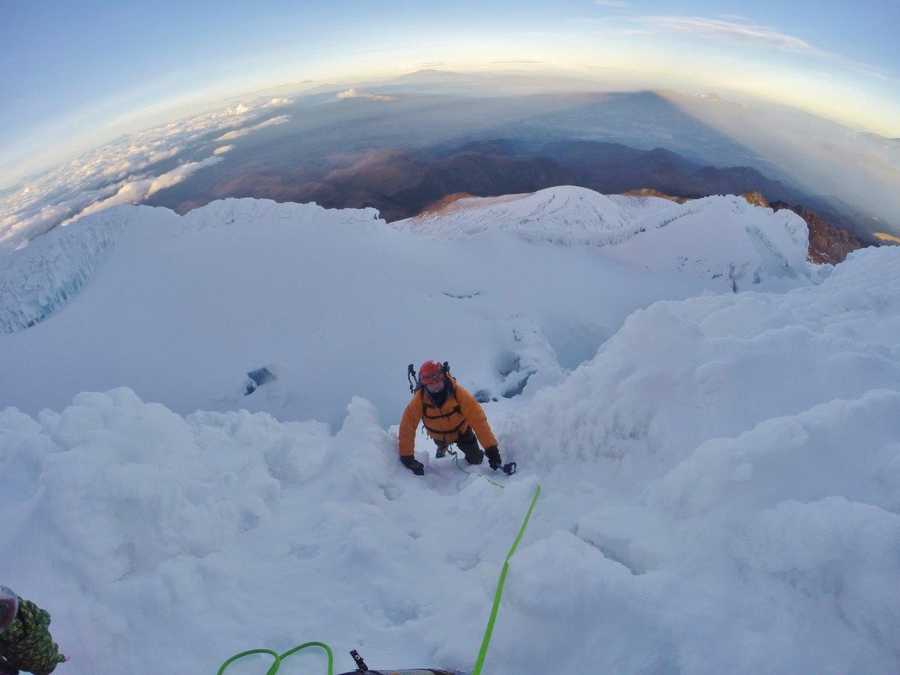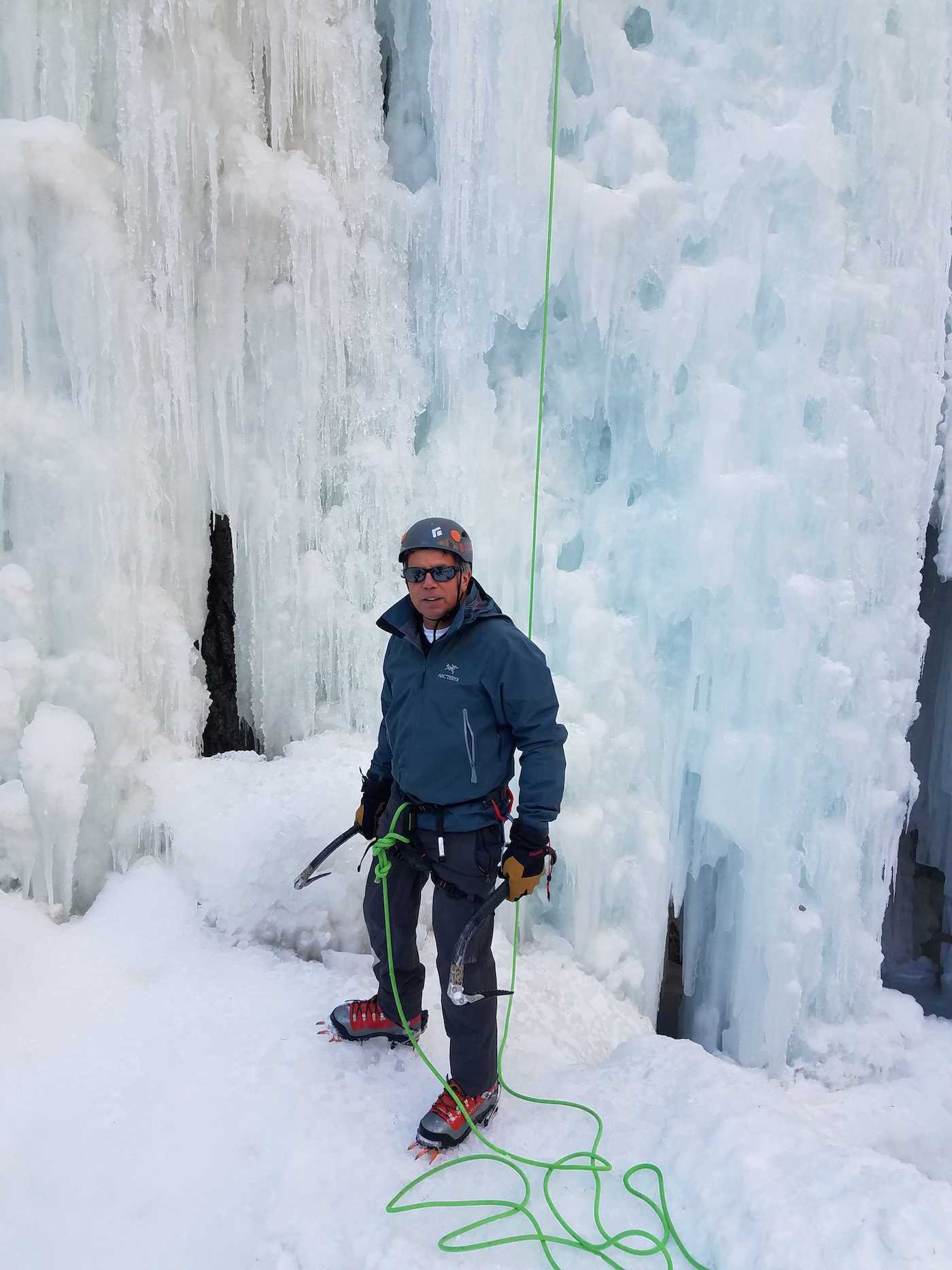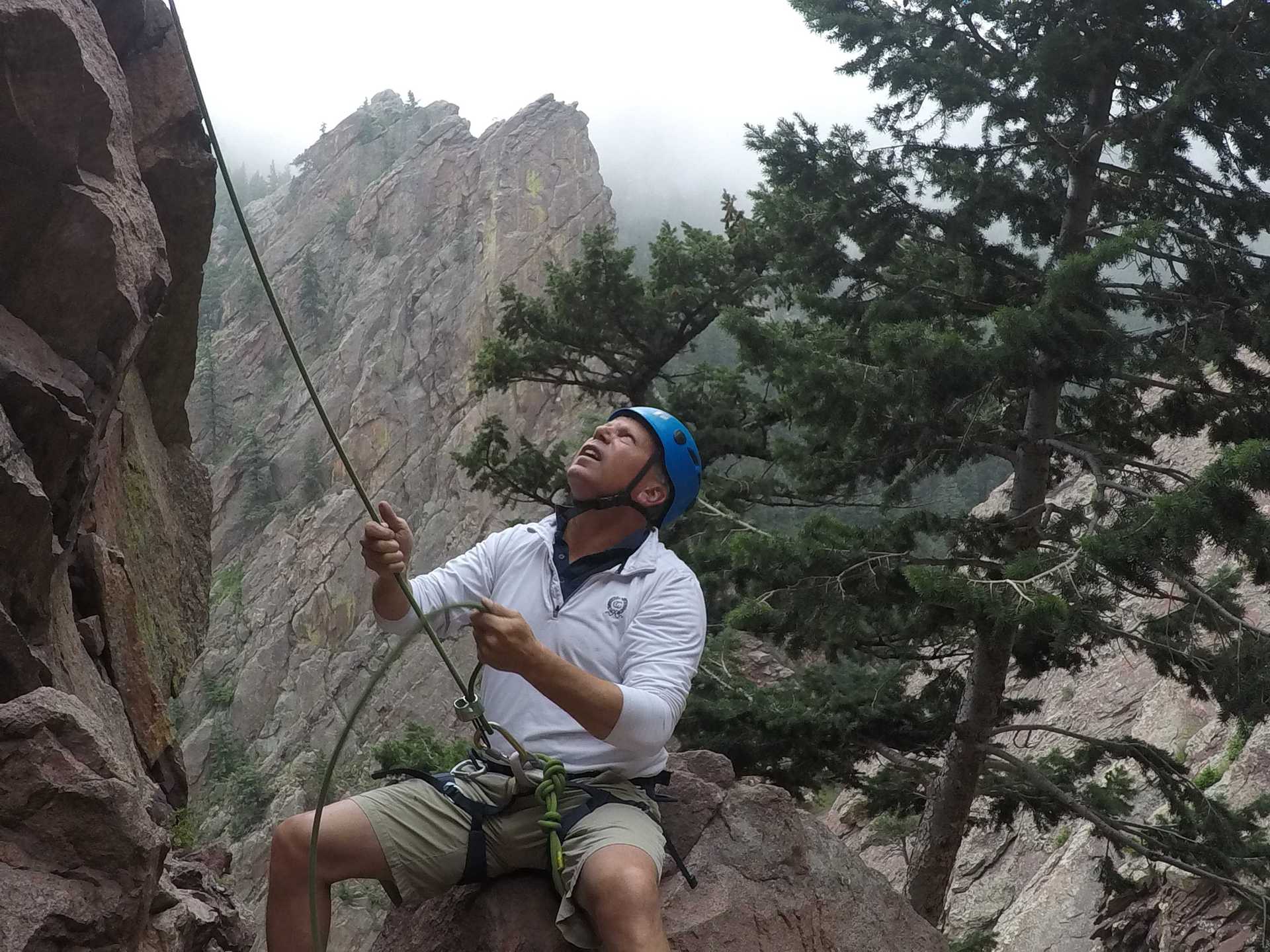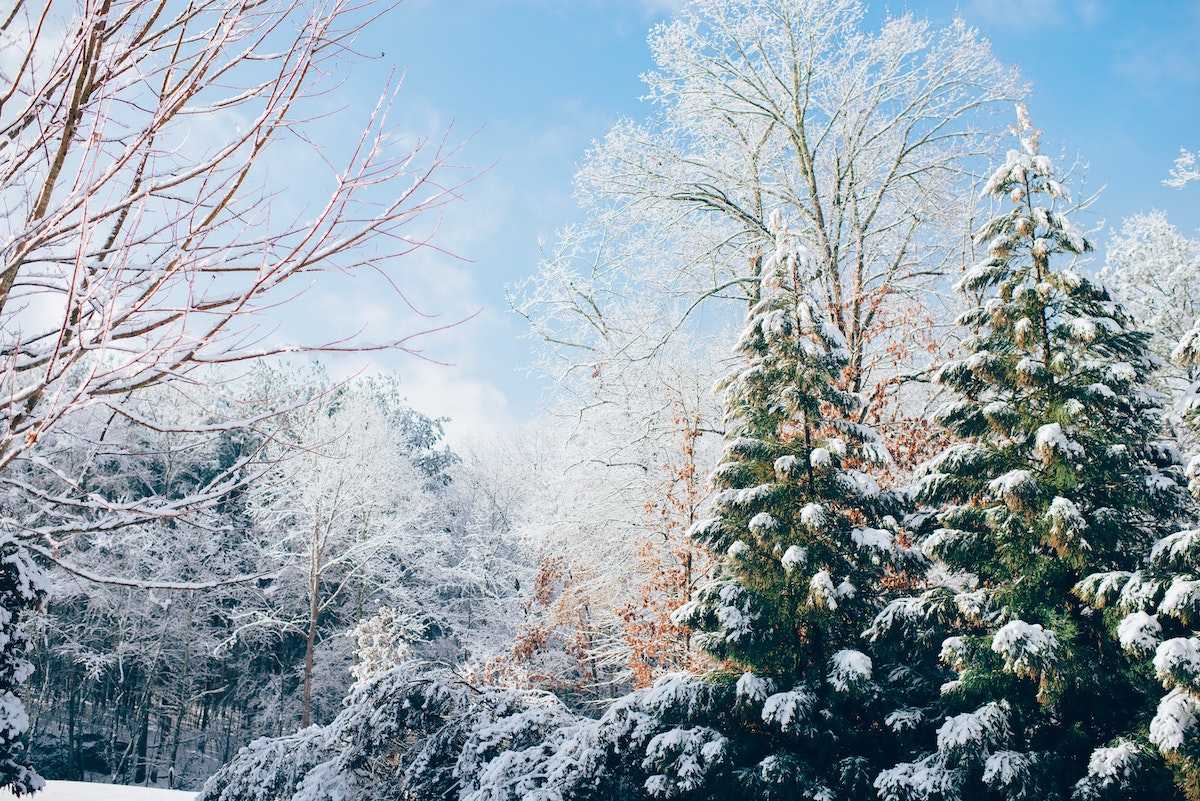During the month of December, Buddy will highlight, the Twelve Days of Fearlessness. Whether it is getting up the nerve to lace up your old ice skates with your five-year-old or conquering a halfpipe like your teenage days, fearlessness is not just situational for all- for some, it is a way of life.

At Buddy, we push ourselves. Whether at work or in the woods we set the bar high. Outside of work we train for marathons, bike races, climbing trips and about any other adventure we can find.
Each of us have our own outdoor passions and goals, some more realistic than others. One of my teammates has a goal of qualifying for Boston. I’ve no doubt if she continues her training she’ll qualify this year. Another is planning a 150-mile bike race which will be a personal best. I’ve thrown out a number of things for my 2019 personal goals, some more realistic than others. The most realistic being do a bunch of local road races. On the opposite end and much less likely, I’d like to bicycle through Mongolia and other parts of central Asia. As part of a fast-growing startup, I probably won’t find the month to take the Asia trip but a lot of local races is doable.
Whenever we set goals there is always the chance of failure. The higher the bar, the higher the likelihood we won’t succeed. With outdoor goals, there are so many factors in our success. Sometimes it comes down to dumb luck. We can train up and be fully prepared only to be thwarted by the weather, a sick teammate, or any other critical condition change. We can also make mistakes that cause us to miss our mark and fail.
One such failure happened to me when I was climbing Cotopaxi in Ecuador. To give the reader a little context, Cotopaxi is a beautiful frozen volcano that tops out at 19,347 feet. It is one of several such volcanoes that make Ecuador a mountaineers dream. They are all within a days drive of the capital Quito, which sits above 9,000 feet. Quito is surrounded by easy to reach peaks of 16,000 feet that are great for training. If one spends a week in Quito and trains properly altitude should not be a problem.
On this trip I was the designated leader of a team of four. We left the hut at midnight to start our climb. It was a clear night where the stars were so close one truly felt you could reach out and touch them. There was almost no wind and the temperature was in the high teens making the snow super firm. From a mountaineering perspective these were absolutely perfect conditions.
We were all super fit and feeling somewhat euphoric started out very fast. Or should I say I led us out fast, way too fast. After about 3 hours one of my teammates said he’d had enough and unroped to return alone to camp. Crevasse and avalanche hazard was very low and he made it back to camp in about an hour. The balance of the team and I continued our rapid ascent.
As the sun came out we passed a guided party that had started an hour or so before us. We briefly stopped to chat and continued on our way.
So here we are, my team and I, somewhere around 18,500 feet on a perfect climbing day and I start to feel very weak. So weak in fact that I am starting to get the shakes and a nauseous feeling in my belly. Less than 1,000 feet from the summit on a perfect day and I’m bonking. About this time we come across a wide snow bridge crossing a deep ominous crevasse with giant icicles giving it the look of a monstrous death mouth.
It was at this time that the reality hit me, we had been climbing for 7 hours and had rested maybe 30 minutes and taken almost no fuel. “What a dumbass,” I said to myself. We should have been stopping regularly to rest and refuel.
At this point, I told the team how I was feeling. I also said that I had no problem crossing the snow bridge and setting up an anchor on the other side, however, I wasn’t sure I’d be able to set a z-pulley system and get them out of the crevasse if the snow bridge collapsed or they fell while crossing it. I was confident I could hold at least one, but not two if they both fell in the hole. I had almost zero confidence that I could get one out on my own. Neither wanted to risk having to prusik out while I held them.
Here we were on a perfect summit day having a conversation about aborting our summit attempt and I knew it was because of the weakness I was suffering caused by my poor decision to race to the top. Crestfallen we turned around and started down.
In less than 30 minutes we came upon the team we had passed some time ago. They were moving strongly at a reasonable pace and would continue on to the summit. Soon they’d return safely to the hut and have a great story about their mountain experience.
When we made it back to the hut our friend who had previously unroped and returned to the hut smiled at us and shook his head. “Dude, you guys were moving way too fast,” was all he said. Not much we could say but, “You think!”
My failure on Cotopaxi served as a valuable lesson. Whether climbing a big mountain, paddling a swift river or just taking a long run, know your capabilities and limitations. On Cotopaxi we should have been moving much slower and taken more breaks. That poor judgement forced our early descent. The one right decision we did make that day was to turn around when we knew we were beat.
Two years ago I went back to Ecuador and climbed Cayambe, another of the majestic frozen Andean volcanoes. I could not return to Cotopaxi, the place of my prior defeat, as it was closed due to avalanche hazard. On Cayambe, we used a guide who knew the route, correctly judged our capabilities, set a reasonable pace and made certain we ate and drank plenty of fuel during our regular breaks. After a long day of hard climbing we summited Cayambe and made it back safely to camp.
While I’ll take the hard successful summit climb of Cayambe over our less successful Cotopaxi effort any day, I have to say that my experience on Cotopaxi has stuck with me in a positive way. While we might not have made it to the top and our breakneck speed was not something I’d I ever attempt again, we all learned from that trip and lived to climb another day. Perhaps I should change my 2019 adventure goals to a week in the Andes and another visit to Cotopaxi. This time with a guide!


